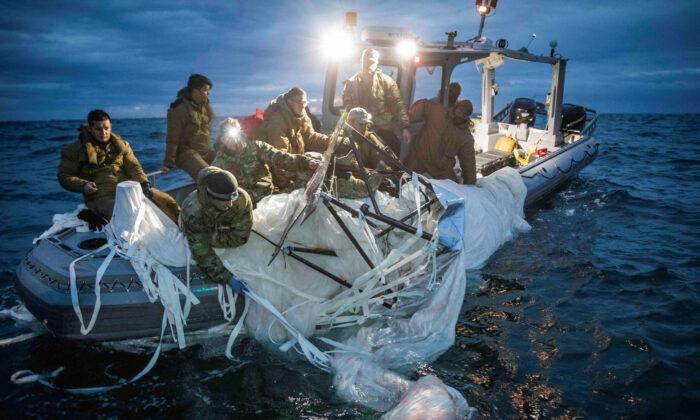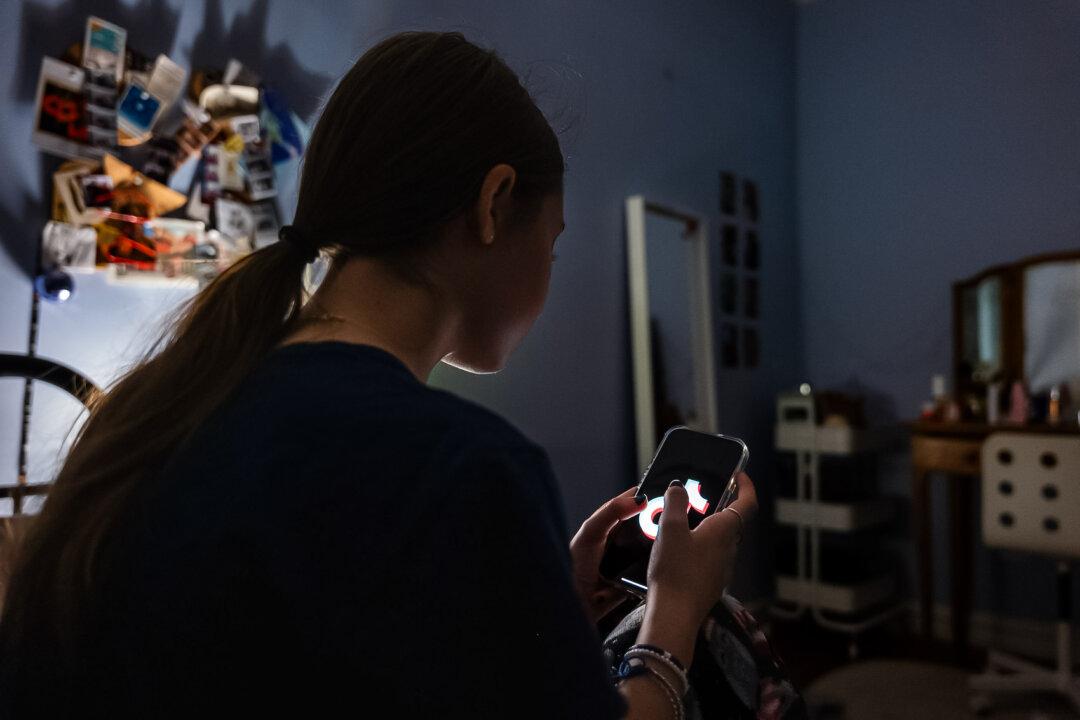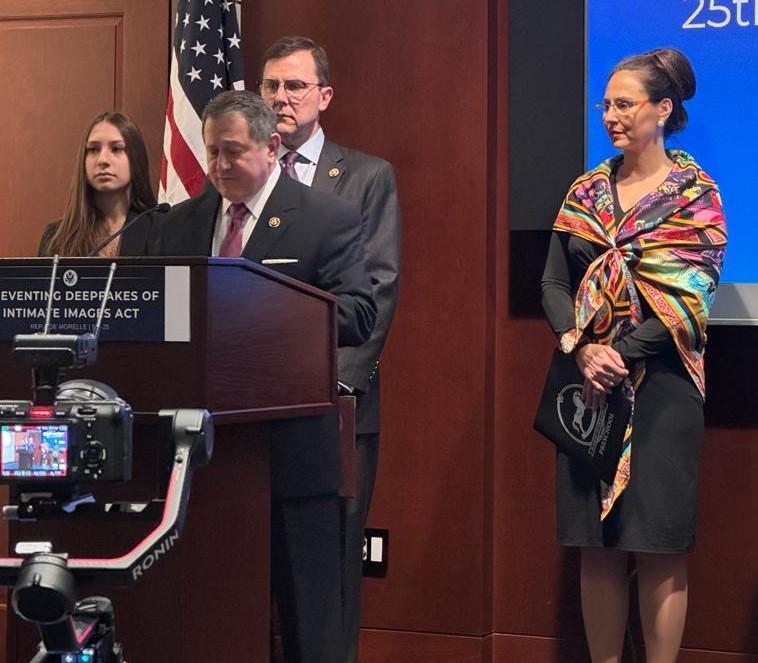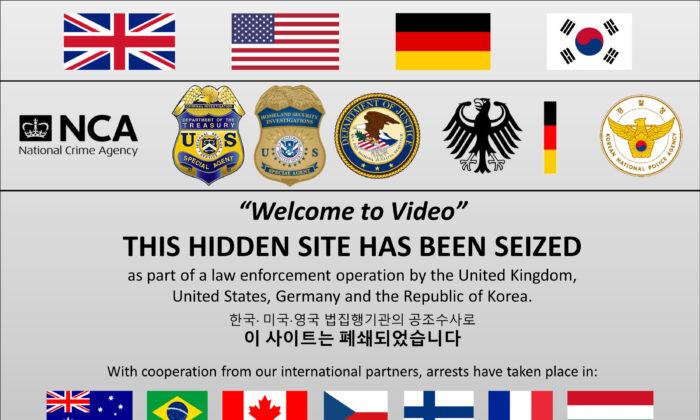U.S. Sens. Ted Budd (R-N.C.) and Mark Kelly (D-Ariz.) introduced legislation on March 15 that would enable the government to monitor and identify high-altitude balloons operating in the nation’s airspace.

A U.S. Air Force fighter jet shot down what was later determined to be a Chinese spy balloon off the coast of South Carolina on Feb. 4. The balloon had traveled from Alaska over Canada and then across the continental United States before being intercepted.
China maintains that the object that the United States shot down was a weather balloon that had traveled off course.
U.S. military fighter jets soon shot down three more flying objects—all of which remain unidentified—on Feb. 10 above the waters off Alaska, on Feb. 11 over the Canadian Yukon territory that borders Alaska, and on Feb. 12 over Lake Huron near Michigan.
Budd and Kelly are particularly concerned about surveillance balloons.
“The recent shootdown of a Chinese spy balloon that traversed the skies over our country for more than a week highlights the immediate need for the FAA [Federal Aviation Administration] to re-evaluate how we track objects flying over American airspace,” Budd said in a joint statement.
Kelly said, “At a time when our adversaries are using hostile surveillance tactics, there is no reason why our country should have to wonder whether an object in our airspace is a threat, weather balloon, or science project.”

The senators may be considered a particularly appropriate lawmaking tandem to take on airspace, national security, and safety matters.
Kelly is a decorated Navy combat fighter pilot and astronaut who spent more than 50 days in space and commanded the Space Shuttle Endeavour on its final mission.
Elements of the SOAR Act
A provision of the SOAR Act calls on the FAA to create the Aviation Rulemaking Committee (ARC), which would be made up of members from the aviation industry, including aviation experts and representatives from the Department of Defense. The ARC would develop and make recommendations to assist the FAA in updating, improving, and introducing new regulations and technologies that the FAA uses to track and identify high-altitude balloons.The SOAR Act requires that, within two years, any high-altitude balloon traveling and positioned higher than 10,000 feet above sea level must have tracking technology that sends and emits data on the balloon’s altitude, identity, and location.
The legislation also directs the FAA to coordinate and work with the International Civil Aviation Organization to “develop equivalent standards for high-altitude balloons launched elsewhere in the world.”





